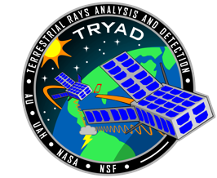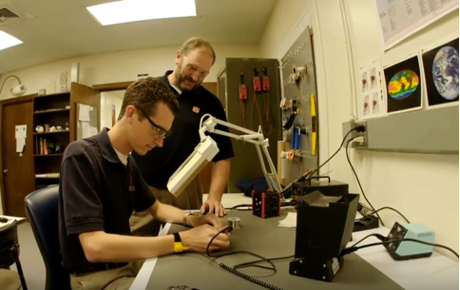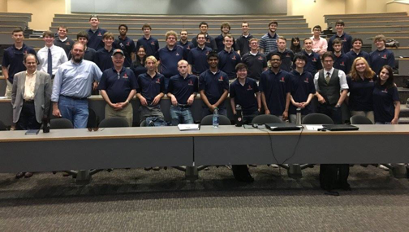
Terrestrial Rays Analysis and Detection (TRYAD)
Mission Overview
The Terrestrial Rays Analysis and Detection (TRYAD) project aims to use two 6U CubeSats, in the same orbit, to make coincident measurements of terrestrial gamma rays flashes (TGFs) produced by high altitude thunderstorms in the topical regions. Multi-point measurements provide a means to determine TGF beam dynamics.
The project is funded by the National Science Foundation – Atmospheric and Geospace Sciences Division
TRYAD is a multi-institution mission. Auburn University is building the two 6U CubeSats and will conduct orbital operations. The University of Alabama-Huntsville, is building the science payload with the help of NASA Goddard Space Flight Center.
Subsystems
EPS – custom designed and built in-house, Li-ion batteries, solar panels manufactured by DHV Technologies
ADCS – Cubespace 3-Axis ADCS
CDHS – Beaglebone Black Industrial OBC on custom CDHS PCB along with Novatel OEM615 GPS + Taoglas antenna
COMMS – custom designed and built in-house UHF TT&C radio with crossed dipole antennas, custom designed and built in-house X-band radio and patch antenna
MECH – custom design and manufactured in-house monolithic 6061 aluminum structure
PAYLOAD – Multi-bar plastic scintillators with SiPM detector arrays, coarse pulse height analysis and microsecond-resolution absolute event time tagging



